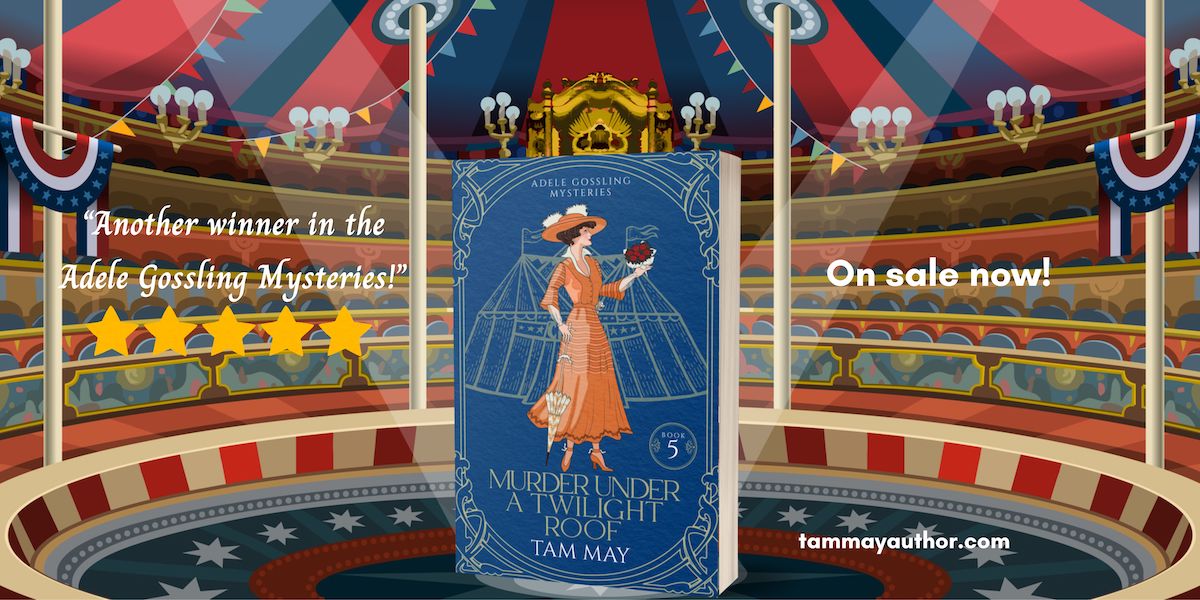Today is Veteran’s Day, and we want to honor all people who fight for our country. I want to look at a war that is sometimes forgotten, or, rather usurped by its older brother later in the 20th century: World War I.
There’s no doubt World War II has gained in popularity in the last several years. There was a time when you looked on the Amazon bestseller list for Historical Fiction and saw only (or mostly) books set during the Second World War. But World War I has always been more fascinating to me. I got interested in this war after binge reading Dorothy L. Sayers’ classic series featuring Lord Peter Wimsey. Though the series is set in the 1920s, Wimsey is a World War I vet and there are references to his experiences during the war and even a mystery with the foundations set during the war in the book The Nine Tailors.
When we look at the history of World War I, we find people had very high hopes for it. It was, and still is, referred to as “The Great War” (even though few would deny World War II was greater) and “the war to end all wars” (which, sadly, it did not). This war was a modern war and a coming-of-age for warfare.

Photo Credit: American Soldiers on the battlefield in France during WWI, date unknown, U.S. National Archive: Picryl/Public Domain
World War I was the first war fought on a grand scale, involving 30 nations (including the United States). Wars up until that time tended to be confined to certain geographical areas so this war was the first real global war.
It was also the first to use modern technologies such as tanks, machine guns (the infamous “Tommy gun” was originally designed to be used during the war), automobiles, and airplanes. That made mass destruction easier (sad to say) and so the toll it took physically on those fighting, including the dead and wounded was massive. The total casualties are estimated to be around forty million! While WWII had about twice the casualties, for the early 20th century, this was phenomenal.
But what made World War I stand out above other wars before it was the psychological toll it took on those fighting and on their loved ones. Since such death and warfare hadn’t been seen on a massive scale before, the devastation it brought was huge. Post-World War I was the first time people began to recognize war could cause heavy psychological damage. A new term came into being after the war: shell shock (which we know today as PTSD). One of the things that fascinated me about Sayers’ series is how she shows the effects of shell shock on her protagonist Lord Peter Wimsey even a decade later, including nightmares, migraines, and nervous breakdowns.
So let me call out to honor those who fought and died in World War I. Sadly, none survive today, as the last died in 2011. But we can still appreciate their bravery and the way they showed us the effects of global war.
If you love fun, engaging mysteries set in the past, you’ll enjoy my novella The Missing Ruby Necklace! It’s available exclusively to my newsletter subscribers and you can get it here. By signing up, you’ll also get news about upcoming releases, fun facts about women’s history, classic true-crime tidbits, and more!





